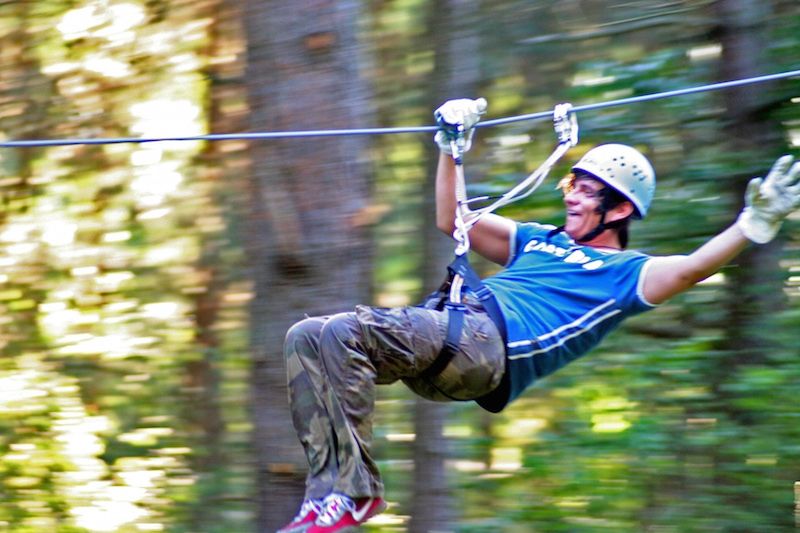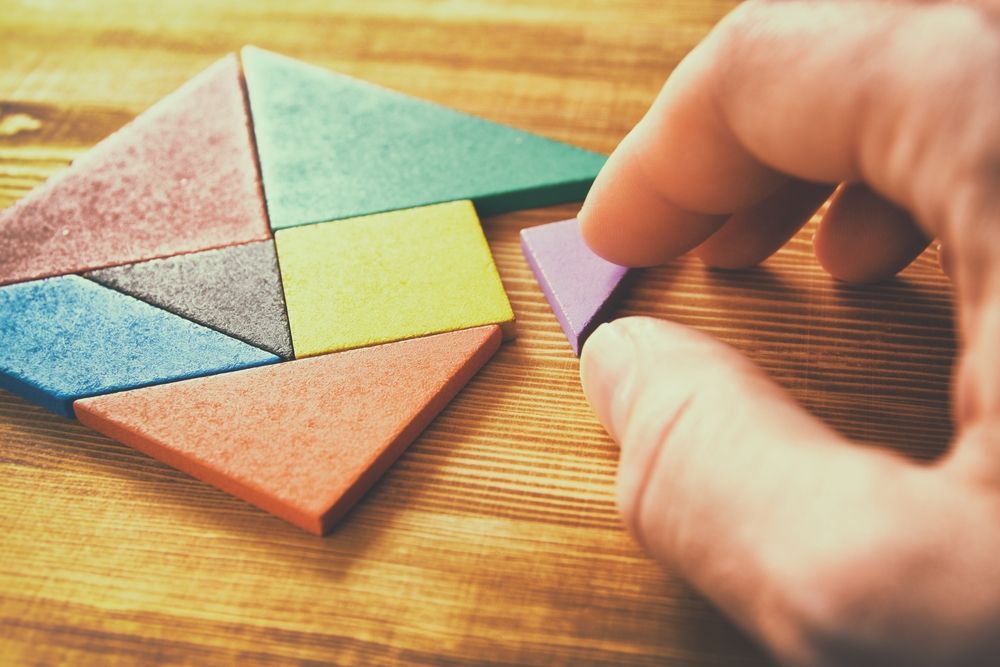Bathroom safety
When you’re young, you might not realise that the home in which you live has various barriers or limitations.
Yet the home can potentially be an extremely hazardous place: in fact, we often hear people talking about domestic accidents. Although certain problems can arise due to negligence, some accidents are specifically due to the limitations found in the home.
These are even more hazardous for the elderly: in fact, for those who have difficulty walking or poor vision, a single step or the absence of something to hold onto can make all the difference in terms of safety.
Statistically speaking, the places where most domestic accidents occur are the kitchen and the bathroom. Analyses must therefore be conducted in order to identify the sources of danger present, and how to eliminate or minimise them in an acceptable manner.
Why the bathroom can be considered a dangerous room
The bathroom is considered a dangerous place because it encloses two elements within a confined space, which, when combined, can be fatal: electricity and water.
As early as the design phase, it is necessary to be extremely careful of the positioning of the electrical outlets, switches, and sanitary ware (namely bathtubs and showers).
Various safety zones are identified based on their distances from the sanitary ware: the closer we are to the water sources, the less advisable it is to install electrical outlets.
Water on its own is a danger source in terms of the possibility of slipping and falling in the bathroom: many domestic accidents take place in the shower or bathtub, where people often slip and fall down.
How to make your bathroom safe
If you’re building your bathroom from scratch, or are doing any major remodelling, it’s recommended to keep the following suggestions in mind:
- Use non-slip flooring and wall coverings. There are particularly porous ceramics on the market, which are quite suitable for this purpose. Wood and linoleum are also recommended materials.
- Place non-slip rubber mats inside bathtubs and showers
- Install emergency safety bells inside box showers and near bathtubs.
- Place a seat inside the shower. Even a stool will do, provided that it is stable.
- It is preferable for the walls of the shower to be made of plastic, not glass.
- Consider installing handles to help any elderly people about; these are also ideal if there is a wheelchair-bound person living in the home (in this case, larger spaces will also be necessary).
- Eliminate any steps and height gaps. This recommendation applies to all the rooms of the house.
Safe living
Nowadays, safety goes hand-in-hand with beauty and functionality: why should you forgo a designer bathroom when an ever-increasing number of companies are offering aesthetically pleasing and fully accessible solutions?
An environment devoid of barriers is the perfect place to dedicate some time to your personal wellness. And what better place is there to pamper yourself than the bathroom? Enjoy it in complete safety, thanks to the increasingly large number of solutions that we have explored together.





